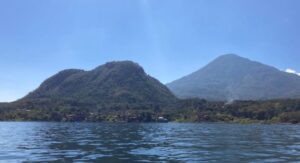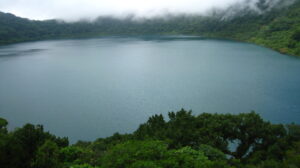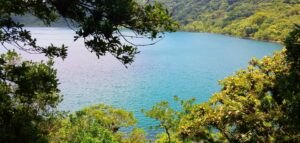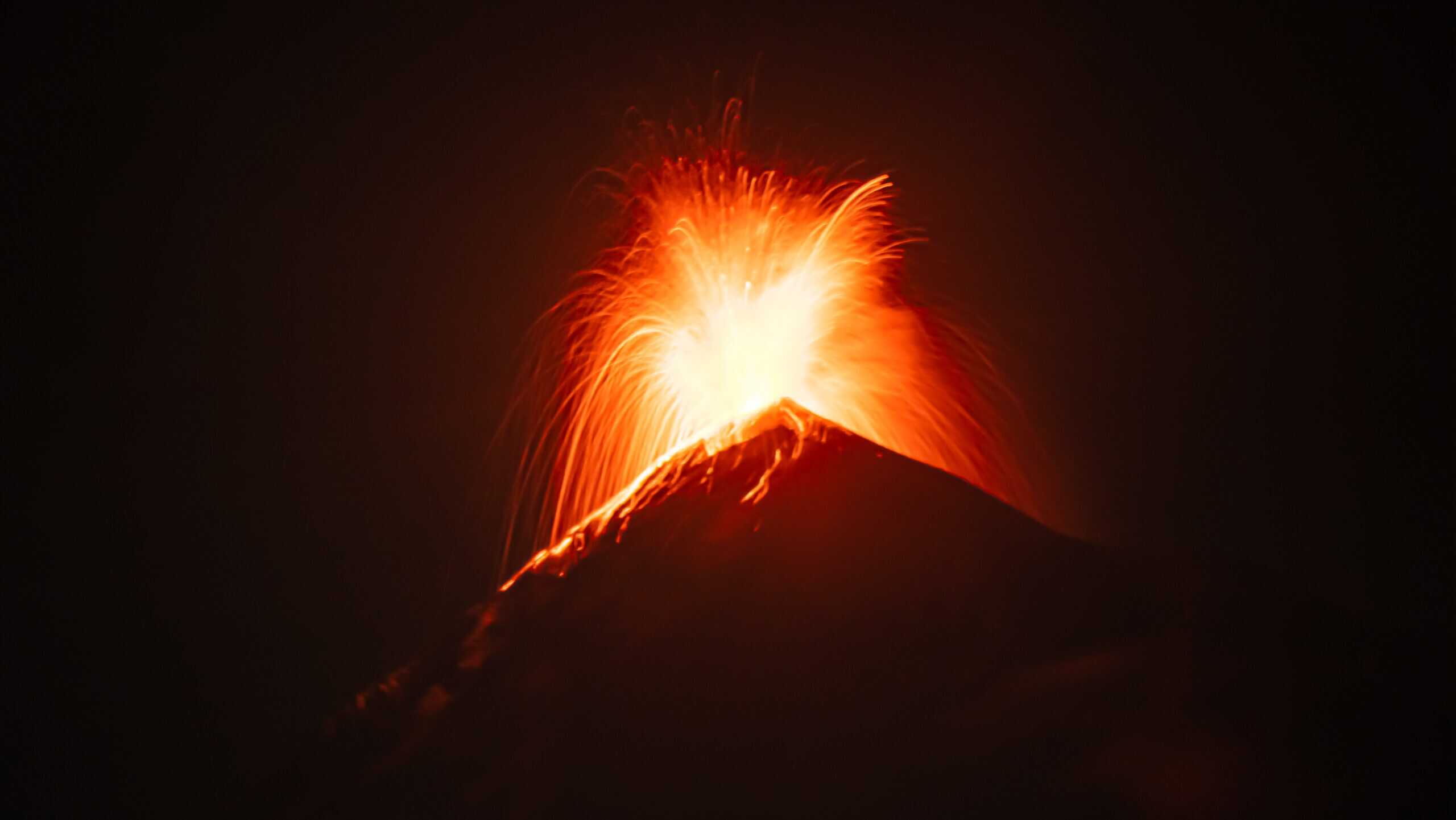
Exploring Volcán de Fuego Guatemala: Unveiling the Heart of Fire
Guatemala, a land of diverse landscapes and rich cultural heritage, is home to one of Mother Nature’s most awe-inspiring spectacles – Volcan de Fuego. This majestic volcano, known as the “Volcano of Fire,” stands as a symbol of both beauty and danger, captivating the imagination of travelers, scientists, and locals alike. In this blog, we embark on a journey to discover the heart of fire that is Volcan de Fuego Guatemala, unveiling its remarkable features, historical significance, and the unique role it plays in the country’s tapestry.
The Location of Volcan de Fuego Guatemala
Volcan de Fuego is situated in the southern highlands of Guatemala. Approximately 16 kilometers (10 miles) from the picturesque colonial city of Antigua. This active stratovolcano forms part of the Central American Volcanic Arc, a chain of volcanoes stretching from Guatemala to Panama. Nestled between the neighboring volcanoes of Acatenango and Agua, it rises dramatically to an altitude of 3,763 meters (12,346 feet) above sea level. The proximity of Volcan de Fuego to Antigua makes it a prominent feature of the region’s skyline, visible from virtually every corner of the city.
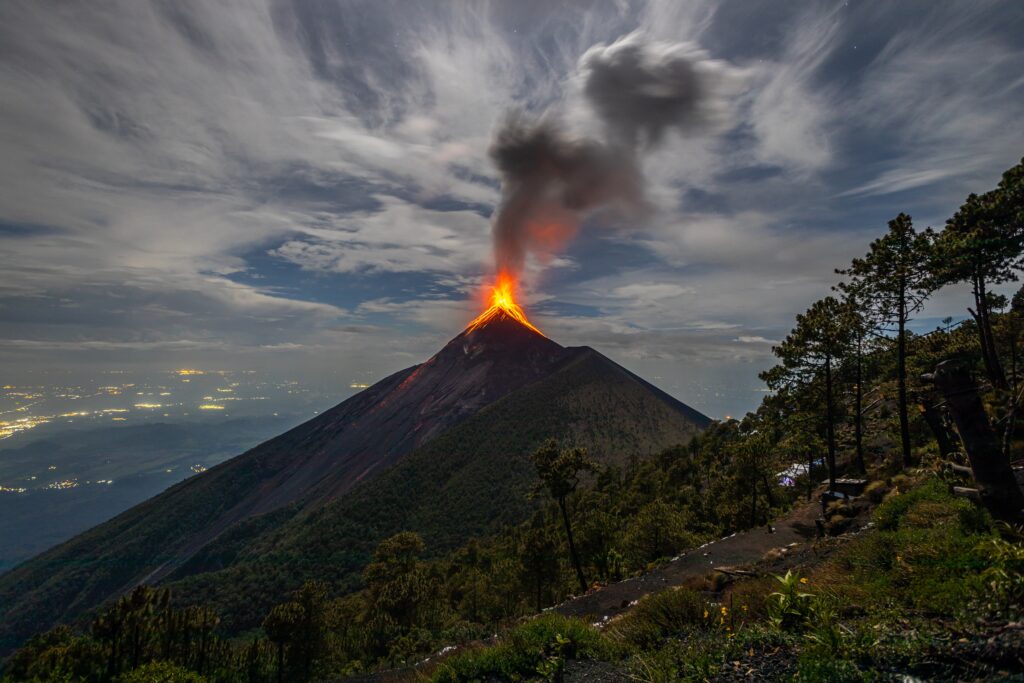
A Historical Perspective
The history of Volcan de Fuego is one written in fire and ash. Shaped by countless eruptions that have both awed and devastated the surrounding areas. With a recorded history of eruptions dating back to the early 16th century, this volcano has left an indelible mark on Guatemala’s narrative. The indigenous populations residing near the volcano regarded it as a deity, attributing both its beauty and destructive power to divine forces.
In modern times, Volcan de Fuego has displayed frequent activity, earning its reputation as one of the most consistently active volcanoes in the world. Its eruptions often involve the spewing of ash, gas, and incandescent material into the sky. It creates mesmerizing pyroclastic displays that light up the night.
Volcan de Fuego’s Geological Makeup
Volcan de Fuego, also known as the “Volcano of Fire,” is a stratovolcano. A type of volcano characterized by its steep, conical shape formed by layers of hardened lava, ash, and volcanic rocks. What makes this volcano particularly intriguing is its active nature. It frequently experiences eruptions that spew forth ash, lava flows, and pyroclastic material.
The primary reason behind the explosive nature of Volcan de Fuego is its composition. It is built upon the foundation of a volcanic chain that includes neighboring volcanoes such as Acatenango and Agua. These volcanoes all share a common geological feature: subduction.
Subduction Zones and the Pacific Ring of Fire
Volcan de Fuego is situated in a region known as a subduction zone, where one tectonic plate is forced beneath another. In this case, it’s the Cocos Plate that is subducting beneath the Caribbean Plate, creating intense geological activity. This collision of tectonic plates is a key characteristic of many volcanoes around the world. It is responsible for the formation of the Pacific Ring of Fire.
The Pacific Ring of Fire is a horseshoe-shaped zone that encircles the Pacific Ocean. It is home to about 75% of the world’s active and dormant volcanoes. This extensive ring is a hotbed of geological activity. Marked not only by volcanic eruptions but also by earthquakes and the formation of deep-sea trenches.
Volcán de Fuego’s Role in the Ring of Fire
Volcan de Fuego plays a crucial role in the dynamics of the Pacific Ring of Fire. Its frequent eruptions contribute to the ongoing process of plate tectonics, where the Earth’s crust is in constant motion. As the Cocos Plate continues to subduct beneath the Caribbean Plate, it generates immense heat and pressure beneath the Earth’s surface. This pressure eventually leads to the volcanic eruptions that characterize Volcan de Fuego.
While these eruptions can be destructive, they also offer valuable insights into the inner workings of our planet. Scientists and researchers closely monitor the volcano. They study its eruptions to better understand volcanic activity and improve early warning systems for nearby communities.
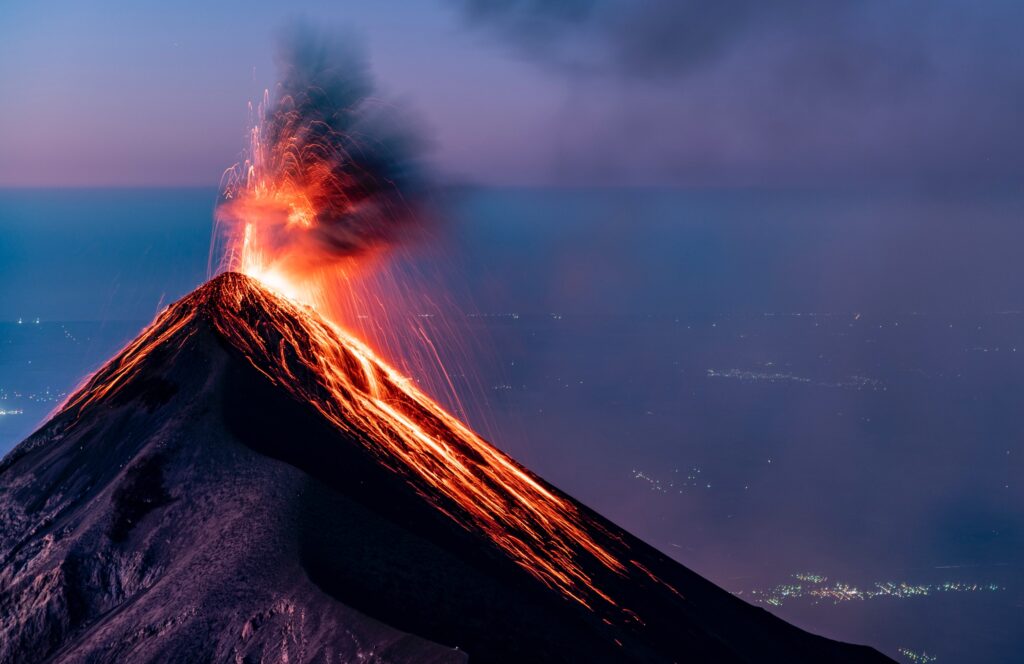
Significance in Guatemalan Culture
Beyond its geological significance, Volcan de Fuego holds a special place in the hearts and culture of the Guatemalan people. It has been a central figure in indigenous myths and legends, often associated with deities and powerful forces. Local communities living in its shadow have developed unique traditions and rituals to pay homage to the volcano, recognizing both its destructive potential and its life-giving properties.
Furthermore, the volcanic soil in the region has played a pivotal role in the country’s agricultural success. Coffee plantations, in particular, thrive on the nutrient-rich soil, making Guatemala renowned for its coffee production.
In recent years, the volcano has also transformed into a sought-after tourist attraction for those seeking to witness its awe-inspiring eruptions from a safe distance. Adventurers and nature enthusiasts from around the world now flock to Volcan de Fuego to witness its fiery displays and immerse themselves in the raw power of Mother Nature.
If you’re among those eager to experience the fiery spectacle of Volcán de Fuego up close, you can embark on the overnight Acatenango adventure with Tropicana, where you will have spectacular views from a safe distance. Their experienced guides and safety measures ensure you can witness the volcano’s magnificent eruptions while prioritizing your well-being. It’s an opportunity to witness the Earth’s fiery temperament in action and create memories that will last a lifetime. So, don’t miss your chance to become part of this thrilling volcanic encounter with Volcán de Fuego.
Conclusion
Volcan de Fuego Guatemala stands as an awe-inspiring testament to the Earth’s raw power, capable of both creation and destruction. Nestled in the heart of Central America, its towering presence, rich historical record, and cultural significance make it a captivating subject for exploration. Yet, it is essential to approach this fiery giant with the utmost respect, recognizing the potential dangers it poses, even as we marvel at its breathtaking beauty. In its fiery eruptions and geological wonders, Volcan de Fuego offers not only a glimpse into the Earth’s forces but also a profound appreciation for the delicate balance between nature’s fury and its awe-inspiring grandeur.


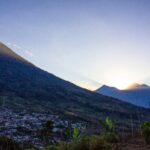 Previous Post
Previous Post Next Post
Next Post
